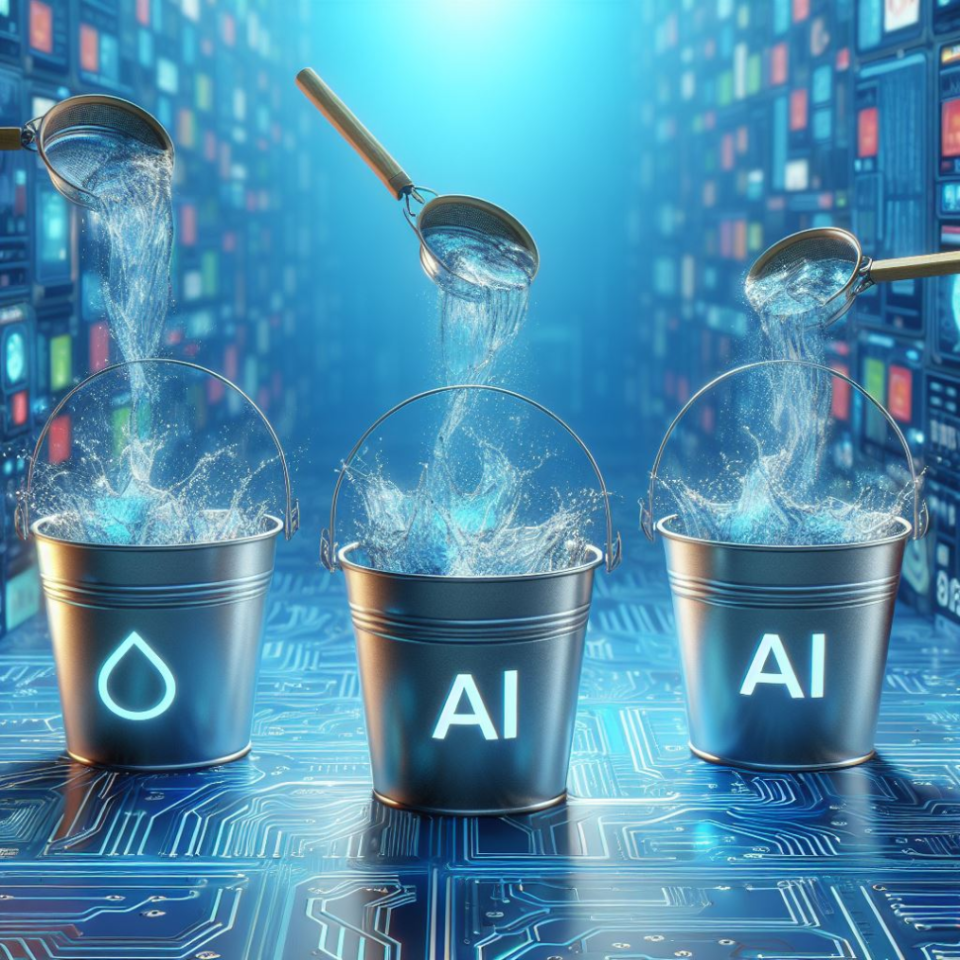We have had a lot of AI news lately – product launches from OpenAI, Google and Microsoft. Now we are just waiting for Apple and its upcoming WWDC conference. Last week, we wrote about the way in which so much of the industry was waiting for these announcements to show us what AI could do. All of this got us thinking about ways to frame any rational discussion of the subject of neural network based machine learning, aka AI. We now loosely see the sector developing in three categories:
- AI as a Feature
- AI as a Product or Platform
- AI as Magic
By “AI as Magic” we are talking about Artificial General Intelligence or conscious computers. As much as certain people think this is imminent, we are not convinced. Maybe this is possible, but we do not think it is coming any time soon.
At the other end of the spectrum “AI as a Feature” is what we often refer to as “under the hood” improvements. A large collection of small gains that AI provides to software we were already running. For instance, we have heard several SaaS companies report 5%-10% reductions in cost of service delivered by their introduction of some form of AI into their systems. Facebook has reported similar small gains to its ad matching algorithms. These are not glamorous, but in aggregate they are tremendous value. If AI delivers nothing else, this is already a big boost.
That leaves the last category where AI becomes a product in its own right.This could evolve further into complete platforms providing a wide array of services and value. This is the realm that the big companies are all fighting over as evidenced by their demos. At this point, our sense is that they are not quite there yet. Admittedly, this is a purely subjective assessment, based on watching their launch videos, and no hands on experience. But our metric is very clear – what would we be willing to pay for? The answer is not much. Everything launched so far is emotionally compelling, it all looks incredible. But what utility does it deliver? From what we can tell, everything is either applicable to a niche in which we are not members – better drawing tools for instance, or is not quite reliable enough to be trustworthy – AI agents.
But these are just the consumer applications. There are many other companies looking to use AI tools to advance their efforts. Some of these may be very promising. We think robotics, for one, seems poised to make major advances with the latest crop of tools. we are not talking about C3-PO humanoids, but new ranges of motion for machines. This sector is currently hampered by a lack of sufficient training data, but there have been big advances in synthetic data creation in the last year. These have problems for consumer facing applications (i.e. models built on hallucinations), but could be very useful in other fields. Another area that looks very promising is AI for drug discovery. We know that all the major (and minor) biotech companies are investing heavily in Nvidia gear. And there are many other examples. We think this area is going to see a lot of experimentation. That will mean many failures and dead ends, but could also result in striking advances.
And we think that is the key point in all of this. We are still in very early days for AI systems. There are clear advances coming at a frenetic pace. Ultimately, we are optimistic that these will deliver on the promise. But it is likely to be a messy process.




Leave a Reply